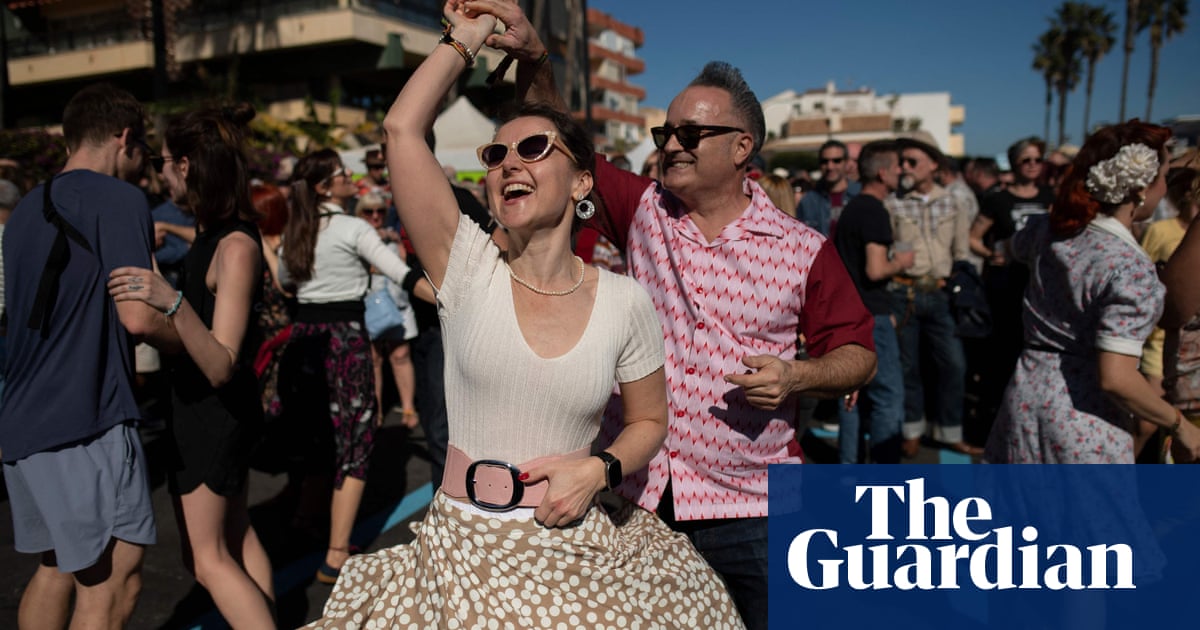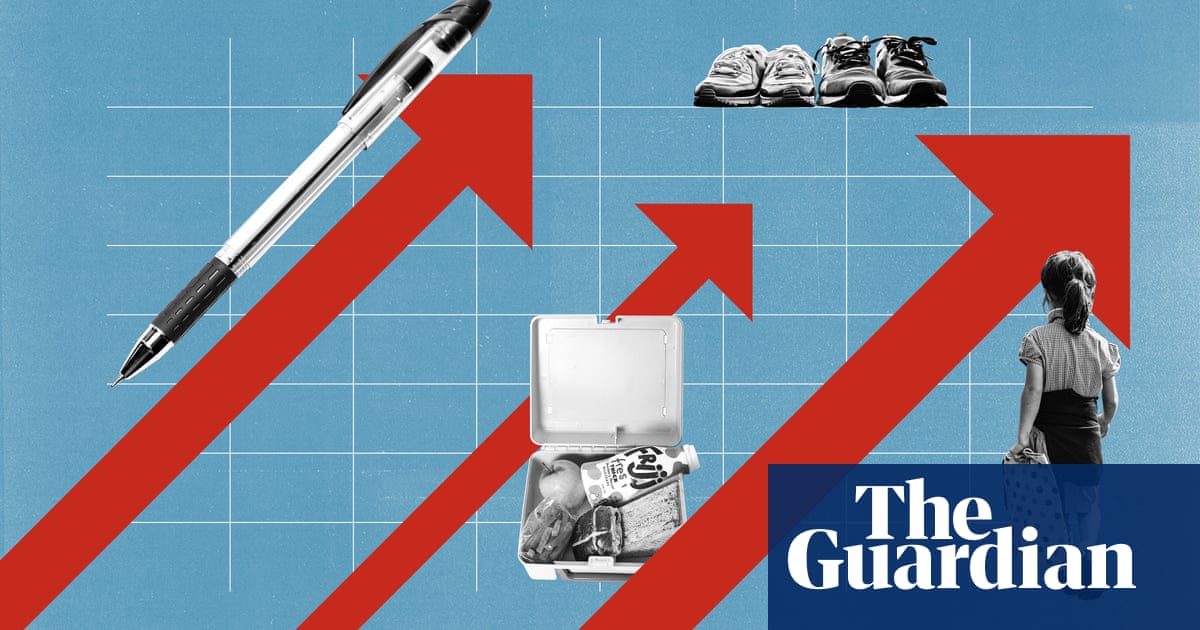
Iwas relieved when I finally found the hidden willies. At times, the first post-pandemic Frieze art fair is so relaxing you could fall asleep in one of its classy lounges. So it was good to see Lindsey Mendick flying the flag for subtle outrage. At the Carl Freedman Gallery booth I come across her lustrous, decadent ceramic vases, whose wounded sides spurt octopus arms. Mendick should be on next year’s Turner shortlist if the Tate has any desire to save its dying prize. Then Freedman showed me another detail. From one of the pots protrude penises like shiny wet worms. It turns out there’s sleaze at the new, grownup Frieze after all – you just need a longer attention span to find it.
The art world has looked into itself during the pandemic. And it’s found that art has to be be more than just fun and noise and fame and money … it has to be sustaining. But how does a cultural sphere that has spent decades celebrating shallowness suddenly find its inner light? At first sight, Frieze has simply gone numb with shock.
The first thing that greets you is a soothing installation of abstract paintings in candy-coloured hues, pulsing orange, purple, lime. These blasts of calm by Los Angeles artist Jennifer Guidi radiate good vibrations. Gagosian has given over its prime real estate at Frieze to this positive-thinking art. It sets the tone. Welcome to the Hotel Frieze, such a lovely place.
Perhaps the market reckons that what collectors want now is art as an armchair, to recover in. Even Noémie Goudal’s film about the climate crisis at the Edel Assanti GGallery, with its images of flames and jungles, has a calming effect, like a video hearth. Meanwhile many galleries show paintings that seem calculated to reassure. Victoria Miro has a bunch of wan floral still-lifes that could have been done 100 years ago – though they are actually by Ilse D’Hollander, a Flemish artist who died young in 1997.
Wait a minute. I thought this was the sort of sensitive and tasteful art that is shown at the high-end Frieze Masters, across the park. Frieze London is where people come to get an eyeful of the new – or a carrier bagful if they’ve got the dosh. But art seems to have lost its passion for taking everything apart and starting again. The prophets are hedging their bets. Have we moved forward at all since Andy Warhol? Apparently not, to judge from the Warhol pastiches I kept seeing. Rob and Nick Carter’s 12 Robot Paintings are not only based on Warhol’s version of Botticelli’s Venus but emulate his desire to paint like a machine. Deborah Kass’s Warhol remakes include a silkscreen painting of Barbra Streisand as Yentl. And Kass’s work is itself decades old. Clearly it’s feminist, but Frieze did politics in previous years, and appears to have largely moved on. Reckoning that art moves a few years ahead of mainstream culture, it can thus be predicted that by around 2023 the turbulence of our time will give way to Buddhist calm.
Deborah Roberts, whose startling montages are showing on Stephen Friedman’s stand, would perhaps disagree. She is the most powerful political artist here. She portrays young Black identity as painfully fragmented and reassembled, a desperate bricolage. Using the cut-up techniques of the German dadaists but on a lifesize scale, she creates uneasy composite people, made from hand-me-downs, with no certainty as to who they feel themselves to be. This is the modern art people come here for.
Then again, contemporaneity is mysterious. This hesitant, inward art fair is true to the experience of being alive in the age of Covid, connected to one another only online, spending weeks at home, adrift in time. Gary Hume appears to have been in his back garden a lot. His painting Moth is a glistening pastoral of uneasy sensuality.
Hume, of course, didn’t return to painting in lockdown – it is his job. It’s also the full-time occupation of Waqas Khan, whose two-metre-wide painting of an ethereal lattice of pink at the Galerie Krinzinger stand draws you into a labyrinth of tiny lines.
Looking at it, I was approached by Khan’s Viennese gallerist, who spoke passionately about the way he works and the emotion in his ruffled lines. I admired her idealism and commitment to the artists she believes in. Art dealers are human, too. The best of them truly love and understand art. And the return of Frieze is not just about money. The last time I left Britain was just before lockdown, to visit Waqas’s studio in Lahore. I saw an early stage of this very work – and since, have missed this amazing artist. He’s not able to be here but his latest work is, to communicate across the world, heart to heart.
This is an unexpectedly soulful edition of Frieze. It reveals the passion for art and artists that can get lost under the glitz of the sell. The art world is cowed, like everyone. But it may be discovering art’s true value.












